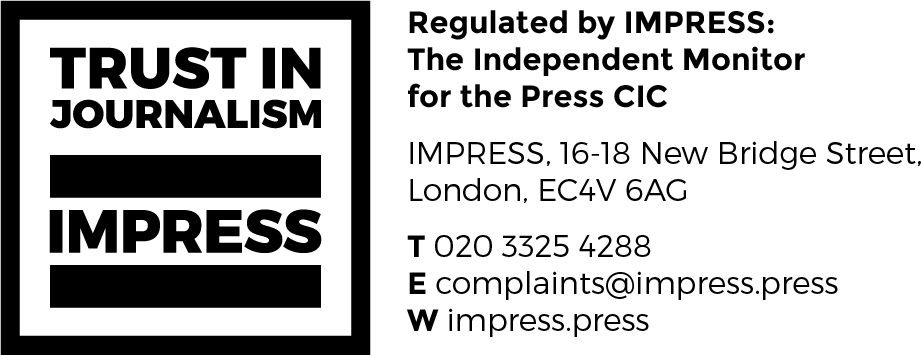Flagship: Virtual Reality ‘A Tool For Growth’

Virtual Reality, also known as VR, is revolutionising how many of us enjoy entertainment and has been used to train astronauts, surgeons and even superyacht crew. Now, in a post-Covid-19 reality, VR has the potential to further benefit the superyacht industry, not least in marketing and purchasing vessels.
In the wake of Covid-19 and foreseeing a need for people to travel less to reduce carbon emissions, Superyacht Times (SYT) has begun developing SuperYacht Times 3D (SYT 3D) — an online virtual superyacht platform where users can discover yachts, builders, brokers and designers in 3D.
SYT founder, Merijn de Waard, told Superyacht Investor: “The idea came about in May and we made an initial test version in June 2020. The actual SYT 3D virtual world has been in-build since July 2020 and since the start we have hired six people to work on this.
“Earlier this year we bought a company called YachtEye, which is a guest infotainment system. Part of the YachtEye system is that we create the yacht of the owner in 3D. To create a yacht, we need the side profile, general arrangement and exterior photos/renderings and of course you need a very skilled team.”
Virtual superyacht platform
According to William MacLachlan, partner, HFW, VR and other similar technologies have great potential to reduce the number of physical viewings prospective buyers need to make. Although not specifically VR technology, yacht broker Burgess offers 360-degree photography and live video tours to prospective yacht buyers.
“However, we do not see it being an absolute substitute. A prospective buyer, having reduced his or her list of possible yachts to a handful, is still likely to either inspect in person or send a trusted lieutenant to inspect on his or her behalf,” MacLachlan told SYI.
But if a buyer purchased a vessel without any physical inspection and then was not happy with their yacht when they arrived onboard for the first time – could VR be used as evidence in any subsequent legal proceedings?
Although unprecedented in marine-related legal proceedings, the technology was successfully employed in a 2002 mock trial conducted by the National Center for State Courts through its ‘Courtroom 21 Project’.
The trial is thought to be the first courtroom use of immersive virtual reality. With the help of scientists at the University of California, witnesses put on special headsets that put them in a virtual crime scene; each then demonstrated to the judge and jury what he or she saw, turning, leaning, bending over, and observing from where each stood during the key minutes of the incident. The critical defence witness was entirely discredited when it became apparent that she could not have seen what she claimed to have witnessed.
We live in a visual society in which VR could be the next logical step in presenting evidence. We can track the evolution in case history from black and white photographs to computer generated recreations, which have enabled trial lawyers to show rather than tell their case theory.
Logical step in presenting evidence
In superyachting, for the moment at least, we don’t need to worry, according to MacLachlan. He said: “It would be an ill-advised buyer who accepted a yacht without conducting a physical inspection to ensure it was all as they expected and undertaking the usual sea trial and condition survey in accordance with the standard terms of the Mediterranean Yacht Broker’s Association memorandum of agreement (MOA).”
Whilst on the seller side, it is highly unlikely the seller will make any representations or warranties as to the accuracy of any such VR viewing. Nor does MacLachlan anticipate there being much, if any change, to the terms of the standard form MOA to accommodate such technology.
“If a buyer did accept a yacht on the basis of a VR viewing only, they could expect to have very little recourse against the seller if the yacht was not all that they had expected following delivery,” concluded MacLachlan.
Since the beginning of the year, VR has been used in the training of superyacht crews. Anchor VR, a 3D and virtual reality company that helps superyacht clients develop yachts using software, now includes crew training in its 3D, VR and augmented reality (AR) services.
Ultimately VR is a tool
“VR is a great training method,” said Anastasia Yushkova, CEO, Anchor VR. “It boosts engagement, stimulates people’s focus and interest. And it improves knowledge retention by breaking through learning modals to help trainees not just visualise but actualise their experience.”
VR could be a useful tool in accelerating the transaction process, according to Vesselsvalue’s head of superyachts, Sam Tucker. He said: “It may be a useful catalyst to speed up the deals by boosting the visibility of the vessel. If deals happen quickly then depreciation has less time to reduce values, meaning that the sale price could be higher.”
Tucker concluded: “Ultimately VR is a tool that can be used to grow the industry by removing barriers that allow engagement with a wider audience who perhaps would not otherwise engage. It could also be an efficient tool in helping to whittle down a list of sales candidates and will allow buyers to quickly clarify their options.”
VR then, while not a definitive replacement for the physical experience, presents numerous opportunities for development in the sales and training sides of the industry. Especially at a time when we must all lead a somewhat virtual life until a resolution to Covid-19 pandemic can be found.
Subscribe to our free newsletter
For more opinions from Superyacht Investor, subscribe to our email newsletter.

